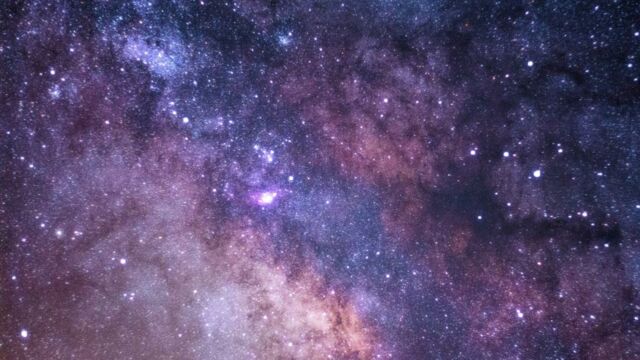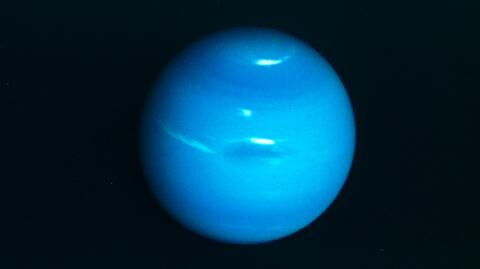Scientists have discovered a method that will enable them to look through the fog of the early universe and see the light of the first stars and galaxies.
Discover our latest podcast
Will allow scientists to 'travel back in time'
According to The Independent, 'looking deep into the universe allows scientists to, effectively, travel back in time: looking at the most distant parts of the cosmos means seeing light that came from its very beginnings, allowing us to see the universe as it begins.'
However, this can be difficult. As Eloy de Lera Acedo from the University of Cambridge’s Cavendish Laboratory explains:
At the time when the first stars formed, the Universe was mostly empty and composed mostly of hydrogen and helium.
Because of gravity, the elements eventually came together and the conditions were right for nuclear fusion, which is what formed the first stars. But they were surrounded by clouds of so-called neutral hydrogen, which absorb light really well, so it’s hard to detect or observe the light behind the clouds directly.
Scientists find way to see the beginning of the universe https://t.co/gZBtlpS7wG
— The Independent (@Independent) July 22, 2022
Will be able to see the 'first light' of the cosmos
Now, scientists have discovered a new manner to see through this noise in order to observe the earliest stars through their interaction with the hydrogen clouds, 'in the same way we would infer a landscape by looking at shadows in the fog.'
While a good deal is known about the Big Bang and the later evolution of stars, the time between is still unknown. Scientists don’t know much about the 'first light' of the cosmos, that is, when the stars and galaxies started switching on.
Astronomers hope this new method will assist them in uncovering how the universe evolved after the Big Bang to what it is today.
The new method is described in a paper published today, Friday 22 July, in the journal Nature Astronomy.
Read more:
⋙ NASA finally reveals damage done to James Webb Telescope after being hit by meteoroids
⋙ Newly invented 'flying saucer' to help explore the Moon, according to scientists















